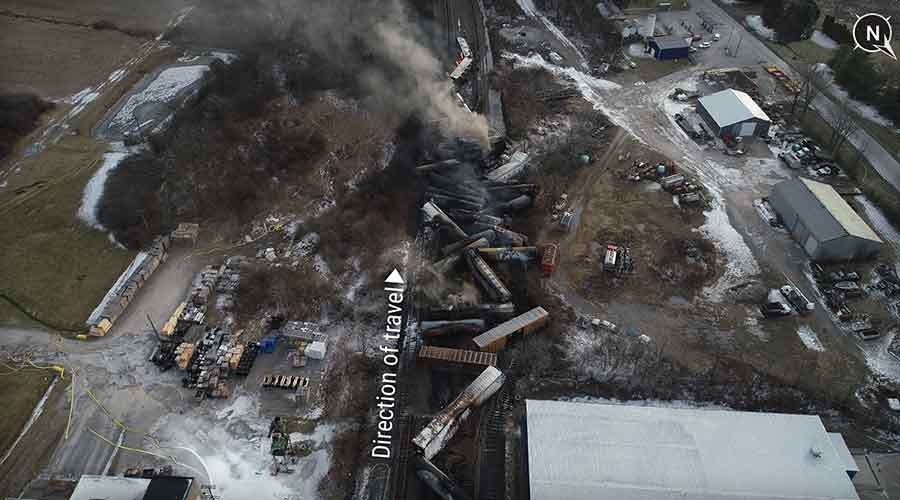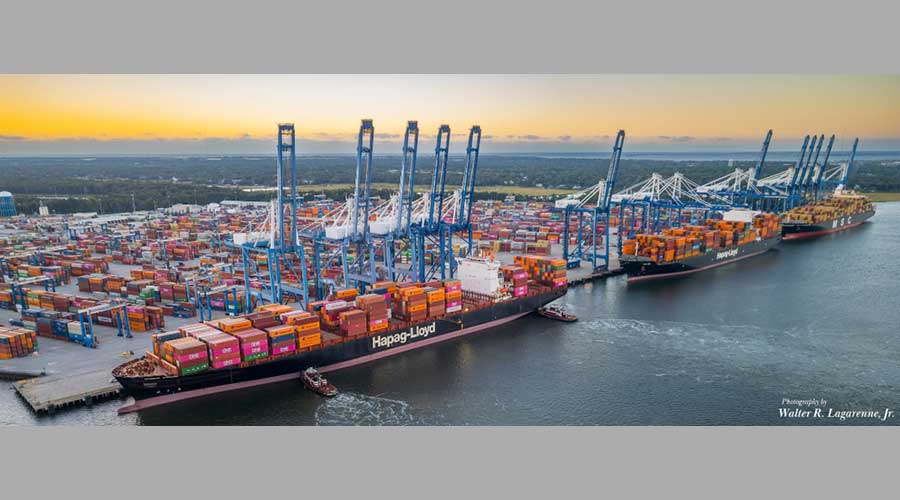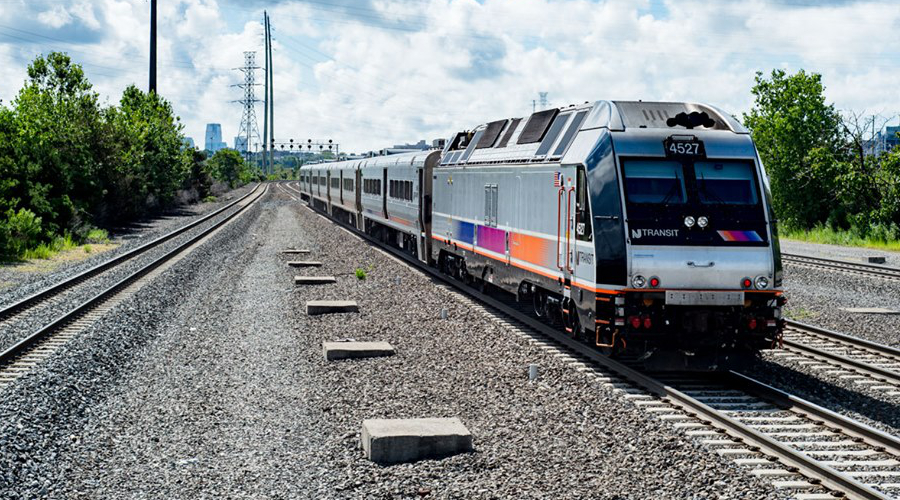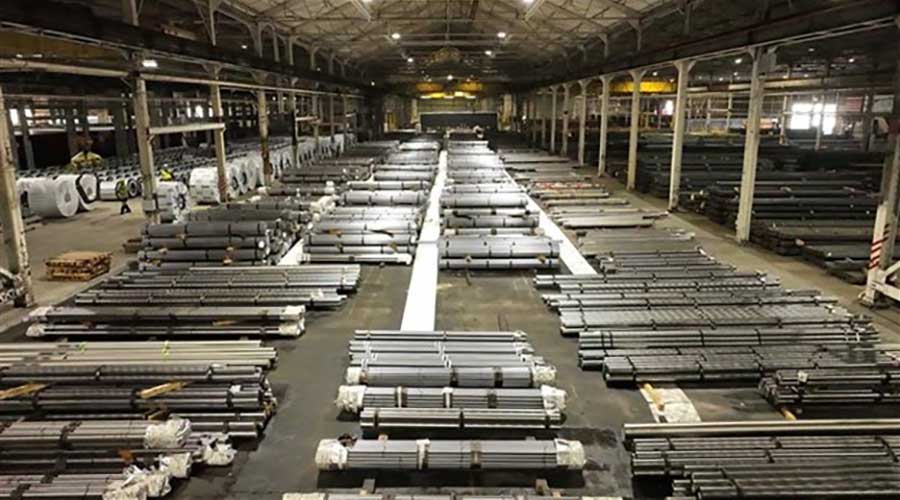Stay updated on news, articles and information for the rail industry
1/24/2014
Rail News: Safety
NTSB, TSB jointly issue crude-by-rail safety recommendations
In what it characterized as an "unprecedented move," the National Transportation Safety Board (NTSB) yesterday announced it's issuing a series of recommendations on crude-by-rail safety in coordination with the Transportation Safety Board of Canada (TSB).
Crude oil shipments by rail have increased more than 400 percent since 2005. The NTSB is concerned that "major loss of life, property damage and environmental consequences can occur when large volumes of crude oil or other flammable liquids are transported on a single train involved in an accident, as seen in the Lac Mégantic, Quebec, accident, as well as several [other] accidents investigated in the U.S.," board officials said in a press release.
The NTSB and TSB opted to coordinate their safety recommendations because railroads routinely operate crude unit trains in both countries and across the U.S.-Canada border, officials from both agencies said.
The NTSB issued the following recommendations to the Federal Railroad Administration and Pipeline and Hazardous Materials Safety Administration (PHMSA):
• hazardous materials route planning for railroads should be expanded to avoid populated and other sensitive areas;
• an audit program should be developed to ensure railroads that carry petroleum products have adequate response capabilities to address worst-case discharges of the entire quantity of product carried on a train; and
• railroads and shippers should be audited to ensure they're properly classifying hazardous materials, and have adequate safety and security plans in place.
"The large-scale shipment of crude oil by rail simply didn't exist 10 years ago, and our safety regulations need to catch up with this new reality," said NTSB Chairman Deborah Hersman. "While this energy boom is good for business, the people and the environment along rail corridors must be protected from harm."
The TSB recommended that Transport Canada and PHMSA place tougher standards on on all Class-111 tank cars and not just new ones. The board recently determined that older and unprotected Class-111 cars ruptured and released crude during the Lac-Mégantic derailment, even at lower speeds.
The TSB also recommended that Transport Canada require railroads to more carefully choose a haz-mat route and require emergency response assistance plans along routes where large volumes of liquid hydrocarbons are shipped.
"If North American railways are to carry more and more of these flammable liquids through our communities, it must be done safely," said TSB Chairman Wendy Tadros.
Meanwhile, Association of American Railroads (AAR) President and Chief Executive Officer Ed Hamberger reaffirmed the rail industry's commitment to haul crude safely and reliably during an address to energy and financial industry leaders in Washington, D.C., yesterday. He also emphasized that both rail and pipelines will have major roles in moving crude across North America as the domestic energy industry continues to grow.
"Because our U.S. freight railroad network is strong and flexible, the industry is rising to meet the challenge of safely hauling the dramatic increase in domestically produced oil," said Hamberger in a press release. "As an industry, we are able to access a 140,000-mile network to meet the needs of oil-producing customers while additional pipeline capacity is coming online in North America."
Hamberger also stated that the AAR is in full agreement with the NTSB's and TSB's recommendations.
"They align with our previous calls for increased federal tank-car safety standards as well as the work the industry is undertaking with our customers and the Administration in an environment of shared responsibility for the safe movement of America’s energy products," he said.
Railway Association of Canada (RAC) officials also expressed support for the boards' recommendations. The industry will work collaboratively with regulators, unions and other stakeholders to ensure the most recent set of proposals become part of Canada’s deeply embedded rail safety culture, RAC officials said in a press release.
"We are in favor of measures that enhance the safety of Canada’s rail network," said RAC President and CEO Michael Bourque. "In addition to ongoing industry efforts, the TSB’s recommendations will advance the safe handling of goods that are essential to Canadians and Canada’s economy."


 2025 MOW Spending Report: Passenger-rail programs
2025 MOW Spending Report: Passenger-rail programs
 Gardner steps down as Amtrak CEO
Gardner steps down as Amtrak CEO
 Guest comment: Oliver Wyman’s David Hunt
Guest comment: Oliver Wyman’s David Hunt
 Women of Influence in Rail eBook
Women of Influence in Rail eBook
 railPrime
railPrime








